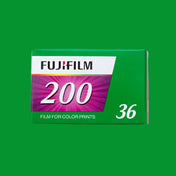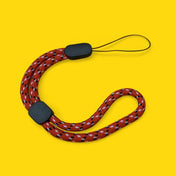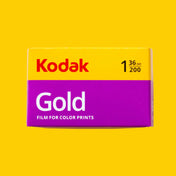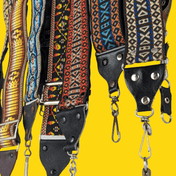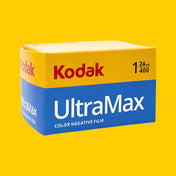The Evolution of Camera Technology and Its Vintage Roots
The History of Photography
Photography has always been a blend of art and science, capturing moments and memories with a mechanical eye. The evolution of camera technology is a fascinating journey from rudimentary beginnings to the sophisticated digital cameras we have today. This blog post explores this journey, highlighting the significant milestones and the enduring legacy of vintage camera technology.
The Dawn of Photography: The Camera Obscura and Daguerreotypes
The story of the camera begins in the 11th century with the camera obscura, a dark room with a small hole in one wall that projected images from outside onto the opposite wall. It wasn't until the 19th century that this principle was used to create permanent images. The first practical method of photography was the daguerreotype, developed by Louis Daguerre in 1839. This process involved a silver-plated copper sheet treated with chemicals and exposed to light, producing a direct positive image.

The Rise of Roll Film: Breaking Free from Plates
The next significant advancement came from George Eastman, who in 1888 introduced the Kodak camera. It was a game-changer because it used roll film instead of plates, making photography more accessible to the general public. This camera came pre-loaded with a 100-exposure film roll and simplified the process significantly.
35mm Film: The Golden Era of Photography
The introduction of 35mm film in the early 20th century marked the beginning of the golden era of photography. It allowed for smaller, more portable cameras and eventually led to the creation of iconic cameras like the Leica I in 1925. This era also saw the rise of SLR (Single Lens Reflex) cameras, which used a mirror and prism system to allow photographers to see exactly what the lens saw.
The Digital Revolution: A New Age of Possibilities
The late 20th and early 21st centuries witnessed the digital revolution. Digital cameras, with their ability to capture images electronically and display them instantly, began to replace film cameras. The first true self contained digital camera was developed by Kodak in 1975, but it was not until the 1990s and 2000s that digital cameras became widely accessible and affordable.
The Impact of Smartphones: Photography in Everyone's Pocket
The advent of smartphones further revolutionised photography, making it an integral part of daily life. Smartphone cameras, with their ever-improving quality and array of features, have democratised photography, allowing everyone to capture high-quality images and share them instantly.
The ease of use of smartphone cameras means that now amateur photographers can achieve a realistically professional looking shot from a phone.
The Vintage Charm: A Resurgence of Interest in Film Photography
Despite the dominance of digital photography, there has been a resurgence of interest in film photography. Enthusiasts are drawn to the tactile experience, the unique qualities of film, and the nostalgia associated with vintage cameras. This renewed interest ensures that the legacy of vintage camera technology continues to be celebrated and preserved.

From the camera obscura to smartphones, the evolution of camera technology is a testament to human ingenuity and creativity. While we embrace the advancements of the digital age, the vintage roots of photography remain an essential part of its charm and history. This blend of old and new continues to shape the way we capture and perceive the world around us.
Photography, in essence, is about capturing light and moments. The journey from the camera obscura to modern digital cameras mirrors our ongoing quest to document, understand, and appreciate the world through images. It's a journey that is as much about technology as it is about the human experience.









